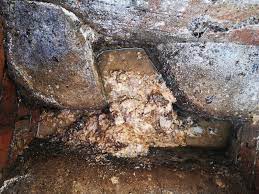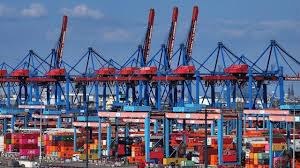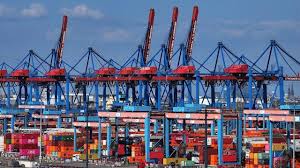Eight ways to overhaul the UK’s inadequate sewer system

London: The recent surge in public scrutiny over untreated sewage in waterways paints a stark picture of the UK’s ageing sewer network.
Combined sewer overflows (CSOs) are a legacy of a bygone era. Victorian combined sewers, designed to collect both sewage and surface water runoff, are buckling under the pressure. When excess rainwater overwhelms their capacity, overflows are triggered, releasing untreated sewage and rainwater directly into rivers, lakes and the sea.
While CSOs were originally intended as a solution for exceptional circumstances, their frequent activation exposes a deeper truth – the UK’s sewer system is riddled with inadequacies. A recent review by my colleagues and I found that fundamental questions surrounding CSOs remain unanswered. For example, we do not know the volume of sewage that is spilled, exactly what it contains (especially in terms of emerging contaminants), and nor do we have a comprehensive view of its impact on the health of people, ecosystems and the economy.
Based on what we do know, however, here are eight ways to overhaul the UK’s sewer system.
- Reduce water consumption
In the 1960s, the average Briton used 85 litres of water per day. Today, that figure has jumped to 146 litres. This translates to a much larger volume of wastewater flowing into an already strained sewer system. By finding ways to prevent this extra water from entering the network in the first place, we could significantly alleviate the pressure on its capacity.
- Capture rainwater
One readily available solution lies in harnessing the power of rainwater, by capturing it through simple devices such as water butts. This can decrease the volume of water entering the network. Captured rainwater also offers a valuable secondary benefit as a readily available, eco-friendly source of water for tasks including gardening and flushing toilets.
- Fix misconnections
Misconnected pipes pose a hidden threat, occurring when sewage pipes are mistakenly connected to rainwater drains, diverting raw sewage directly into rivers and streams. Conversely, rainwater can also be misdirected into the sewer system, overloading its capacity. Estimates suggest that between 150,000 and half a million homes have misconnected pipes.
- Only flush the three Ps
The only things which should be flushed down the toilet are pee, poo and paper. But strange things have been found in sewers, from adult toys to false teeth and even pet snakes.
However, it is wet wipes that contribute to 94% of sewer blockages. When combined with discarded cooking fats, they can form enormous “fatbergs” in sewers. Even so-called “flushable” wet wipes can cause considerable issues, due to the time they take to degrade. Blockages cause sewage to back-up and ultimately spill out through CSOs.





